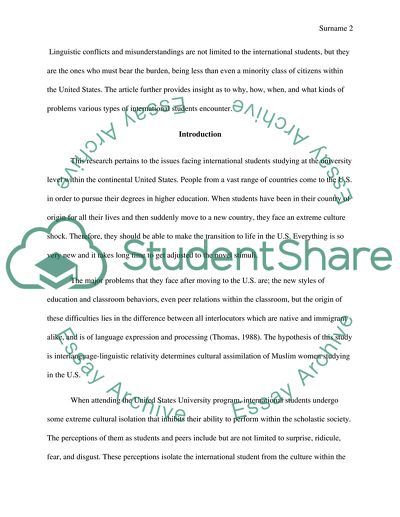Cite this document
(Linguistic Barriers to Cultural Assimilation in the United States Article - 12, n.d.)
Linguistic Barriers to Cultural Assimilation in the United States Article - 12. Retrieved from https://studentshare.org/education/1851391-research-proposal
Linguistic Barriers to Cultural Assimilation in the United States Article - 12. Retrieved from https://studentshare.org/education/1851391-research-proposal
(Linguistic Barriers to Cultural Assimilation in the United States Article - 12)
Linguistic Barriers to Cultural Assimilation in the United States Article - 12. https://studentshare.org/education/1851391-research-proposal.
Linguistic Barriers to Cultural Assimilation in the United States Article - 12. https://studentshare.org/education/1851391-research-proposal.
“Linguistic Barriers to Cultural Assimilation in the United States Article - 12”, n.d. https://studentshare.org/education/1851391-research-proposal.


